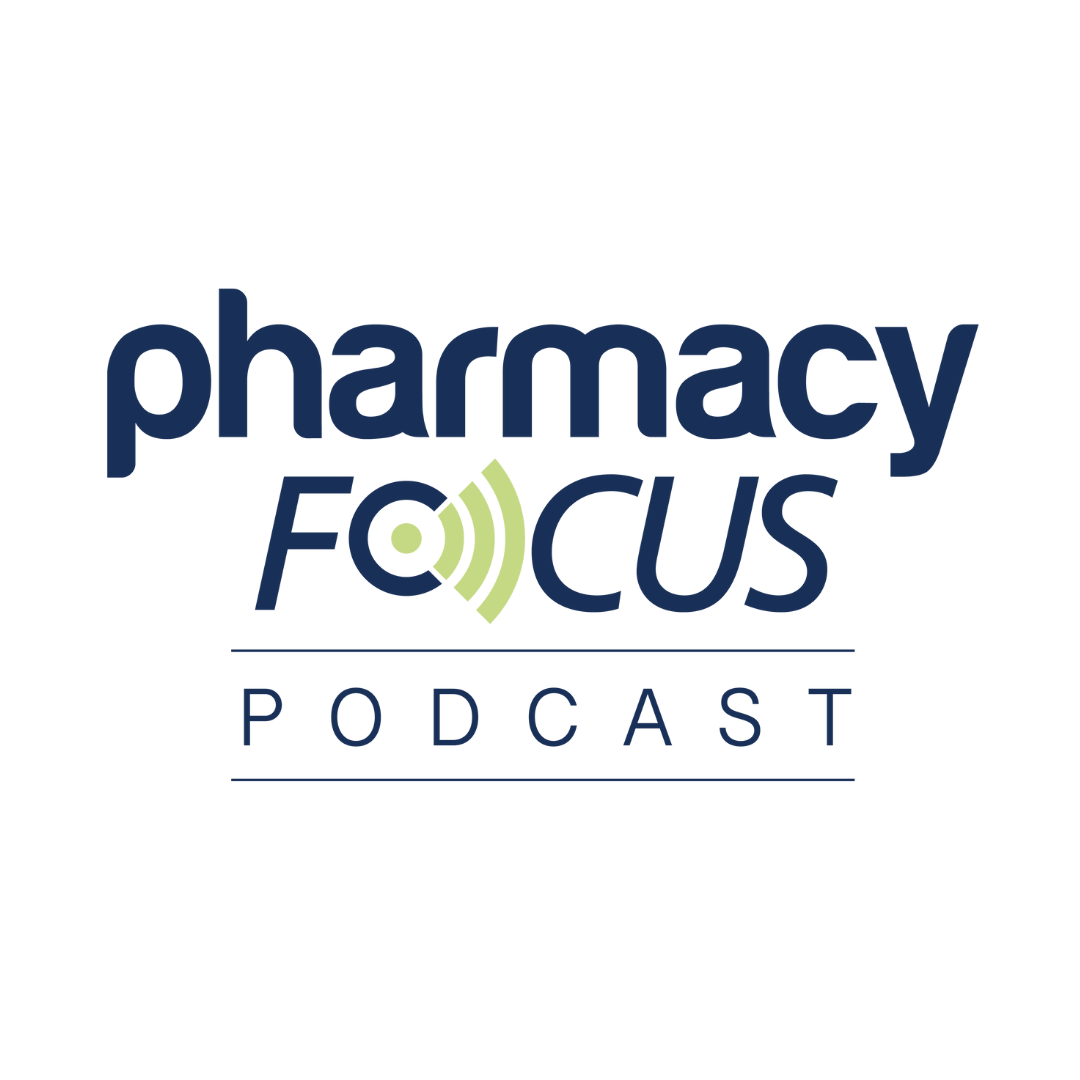News
Article
Financial Incentives for COVID-19 Vaccination May Have Adverse Spillover Effects on Booster Uptake
Author(s):
Key Takeaways
- Financial incentives for COVID-19 vaccination showed null direct effects and negative impacts on booster uptake among indirectly exposed individuals.
- Negative spillover effects were observed, with cohabitants of incentive recipients delaying booster vaccinations.
Monetary incentives to receive a COVID-19 vaccine at a public vaccination event may have invertedly turned away others from receiving a booster, emphasizing the importance of recognizing spillover in trials addressing vaccine hesitancy.
There were null direct effects on COVID-19 vaccination and negative effects on booster uptake among individuals who did not receive but were directly exposed to financial incentives to get vaccinated, according to the results of a population-level, address-cluster randomized clinical trial among all adult residents of Ravensburg, Germany. The results, published in the Journal of the American Medical Association, suggest that cohabitants of financial incentive recipients delayed receiving a booster, undermining the possible effectiveness of the policy.1
COVID-19 vaccination strategies have evolved since the onset of the pandemic and availability of vaccines. | Image Credit: © insta_photos - stock.adobe.com

Throughout the COVID-19 pandemic, health care professionals have worked to form strategies that encourage the public to get vaccinated. An obvious choice for vaccination encouragement is monetary incentives, which have been extensively studied by investigators. Research, including a systematic review of 38 studies, has been published indicating positive increases in COVID-19 vaccination with financial incentives, though these were generally marginal in nature.1,2
There is also a risk of backlash to financial incentives, which could be perceived as disrespectful or deceitful, especially in minority communities. One trial that sought to investigate methods to improve COVID-19 vaccine confidence and reduce hesitancy among Black women found that promotional tactics, including financial incentives, were thought to be coercive and disrespectful to their intelligence. Financial incentives risk making this impression not only on those for whom the method is targeted, but on their family and peers too, through social spillover.3,4
Given that many randomized controlled trials (RCTs) do not account for spillover in their evaluations, the current investigators aimed to assess the impact of incorporating spillover on evaluations of the effectiveness of financial incentives, with a main study outcome of COVID-19 booster uptake. Participants in the intervention group received a letter offering €40 (US $41.46) for getting vaccinated, with more cash possible if a large amount of Ravensburg residents got vaccinated at one of the 7 public events set up for the study. Letters contained a QR code, and receiving the vaccination was free of charge.1
Ultimately, a total of 796 of 41,548 residents (1.9%) were vaccinated at 1 of the 7 announced public vaccination events, according to the investigators. Direct effects of receiving a financial incentive for COVID-19 vaccination were directionally negative (-0.25 percentage points [95% CI, −0.77 to 0.28 percentage points]). Correspondingly, the spillover effect of the financial incentives on all vaccinations was statistically nonsignificant (−0.27 percentage points [95% CI, −0.60 to 0.06 percentage points]), the authors found.1
In an important development, there was a statistically significant negative spillover effect for booster vaccinations (−0.29 percentage points [95% CI, −0.53 to −0.06 percentage points]), meaning that untreated cohabitants in a treatment address cluster were less likely to get vaccinated at publicly announced vaccination events. However, further analysis of event-by-event regression suggests that this negative spillover may have been temporary.1
The investigators discussed the caution that health care professionals should tread with when deciding upon financial incentives for COVID-19 vaccination at the community level. “Additionally, the existence of other public health contexts that require immediate community action may mean that postponement of a health behavior could have consequences for containment efforts,” the authors continued.1
“Therefore, we recommend incorporating measures of spillover into RCTs before a policy is implemented at scale,” the investigators wrote in their conclusion.1





